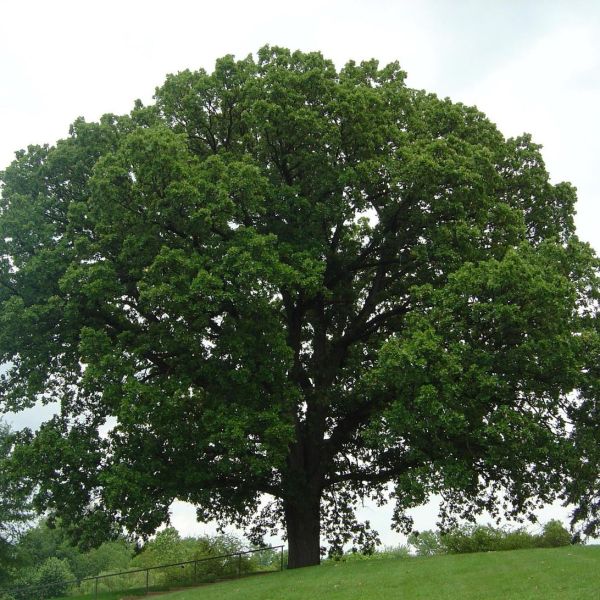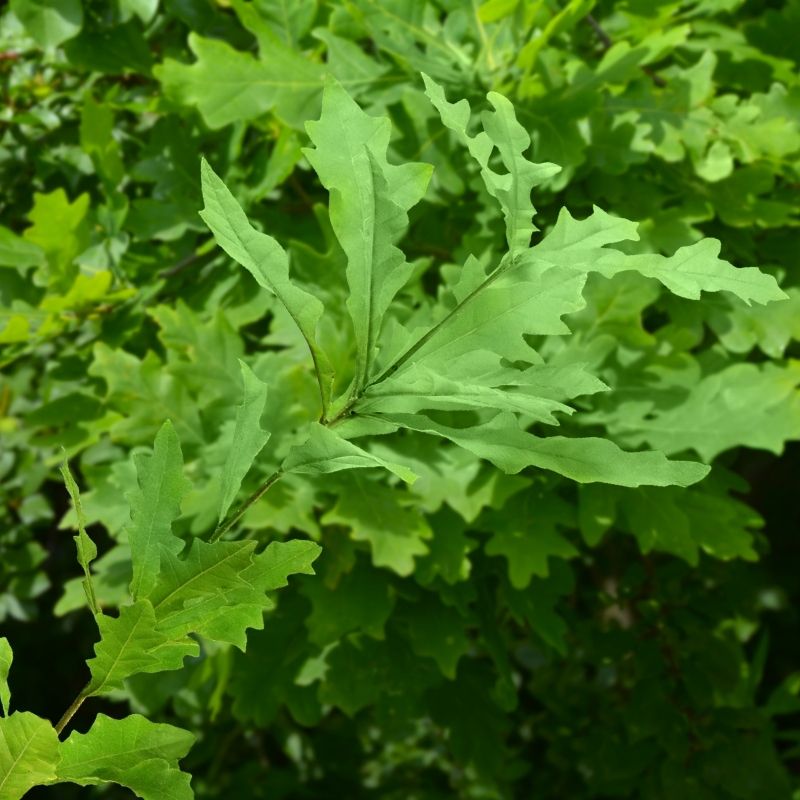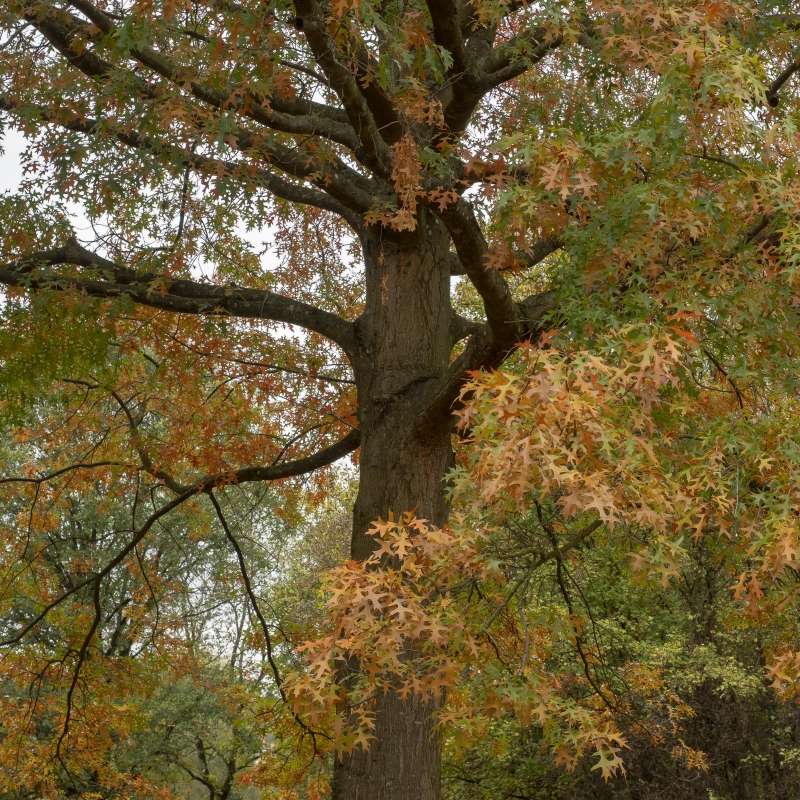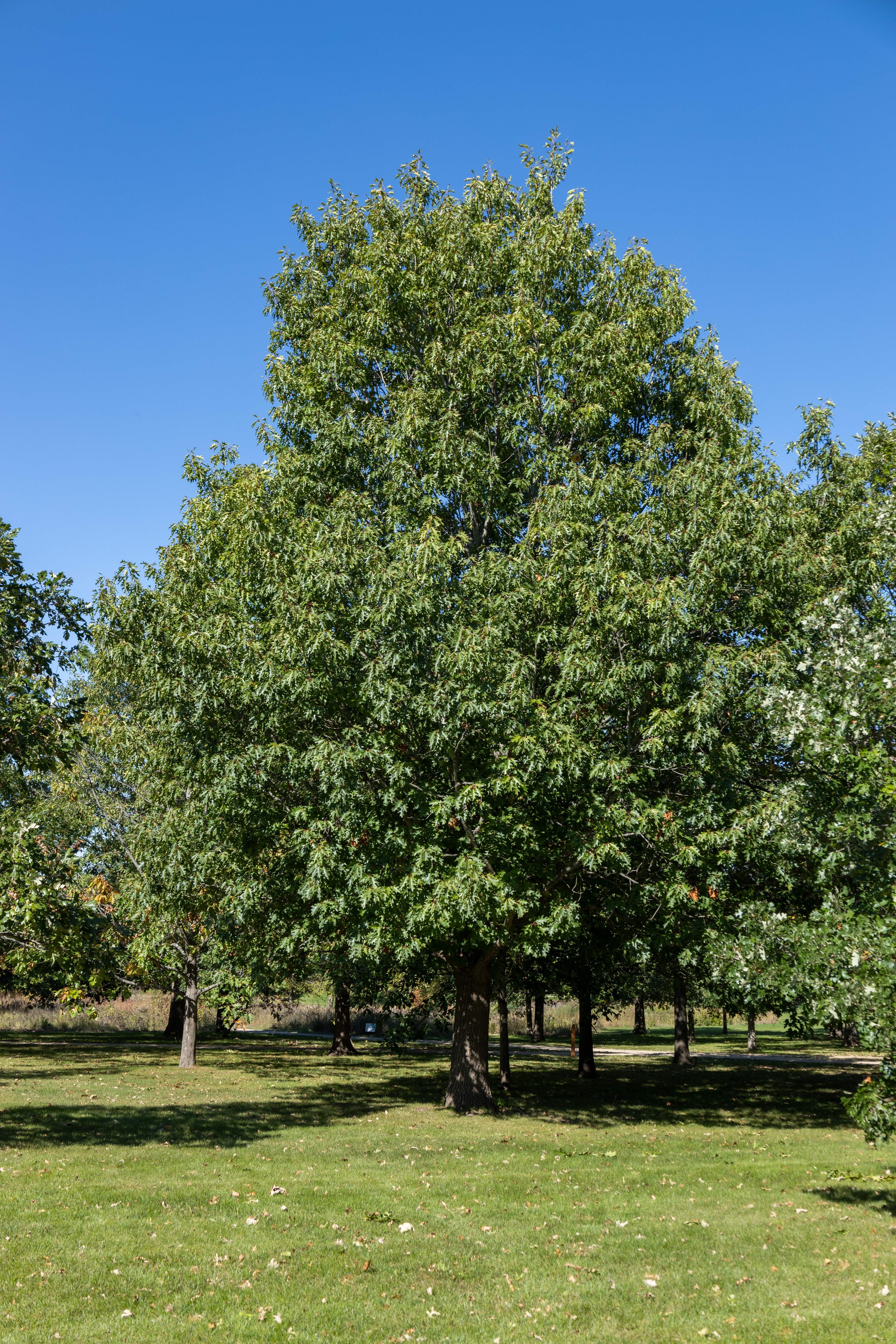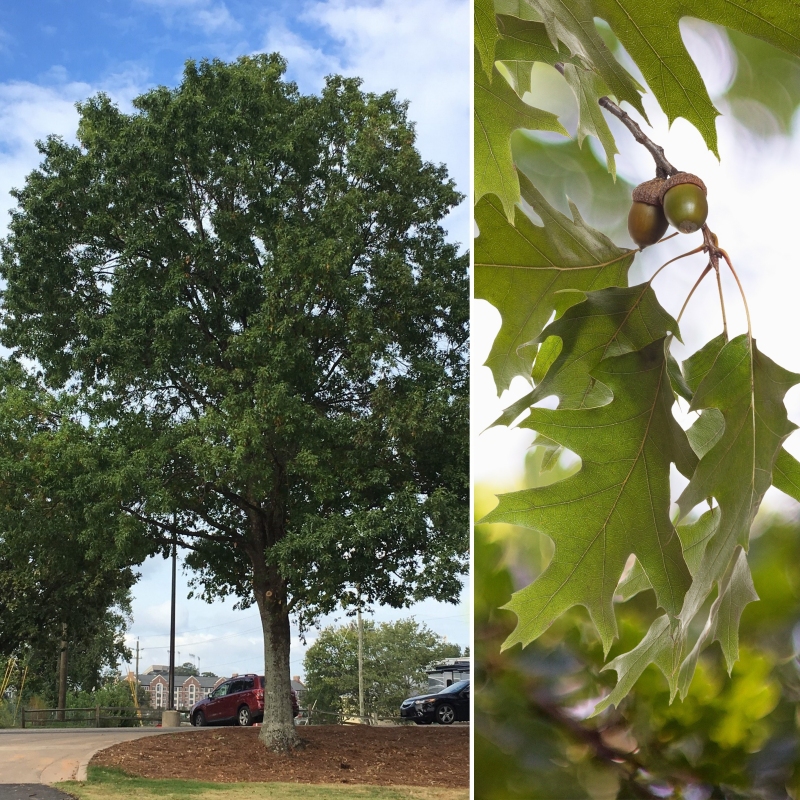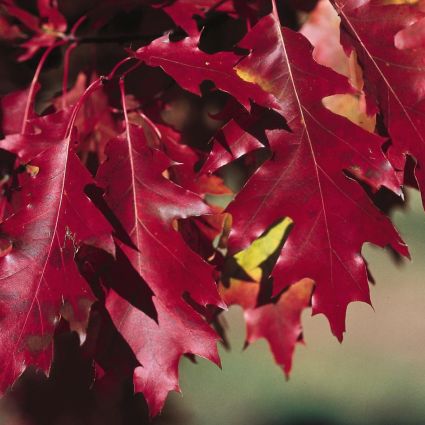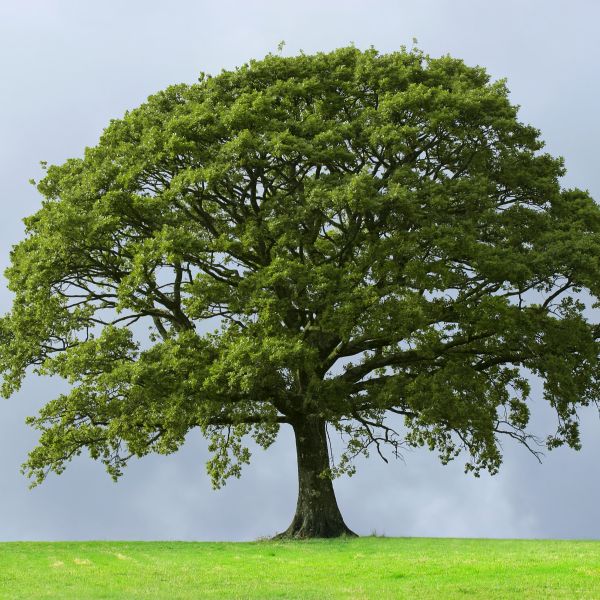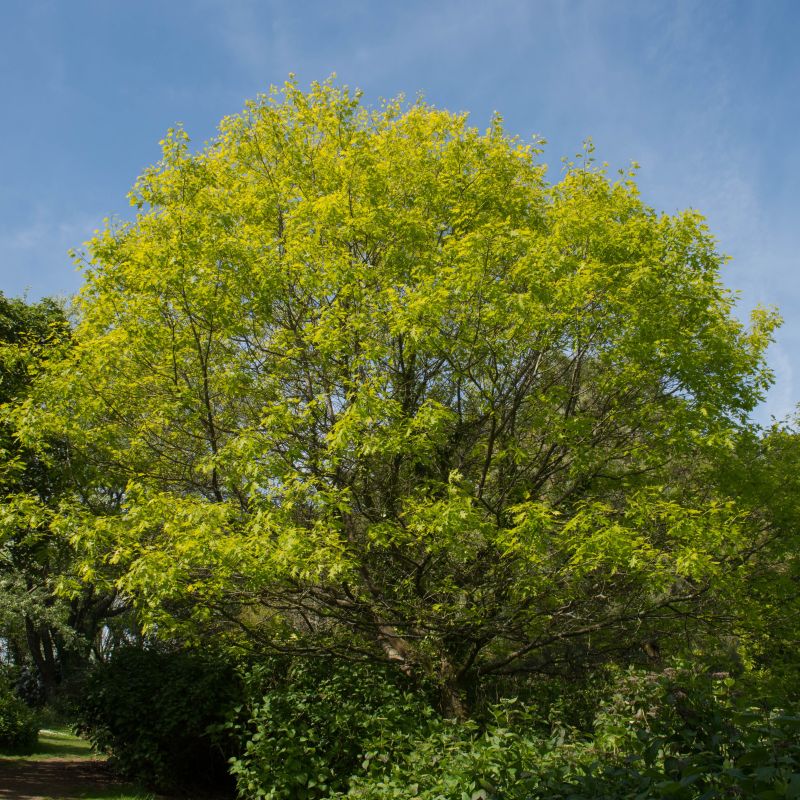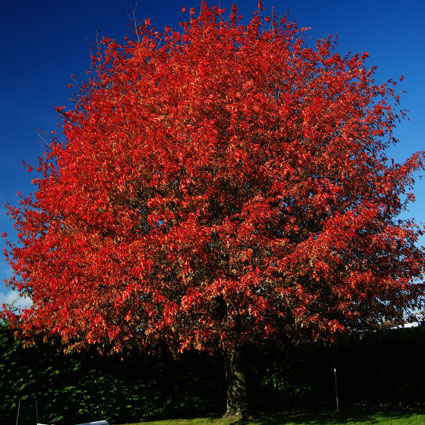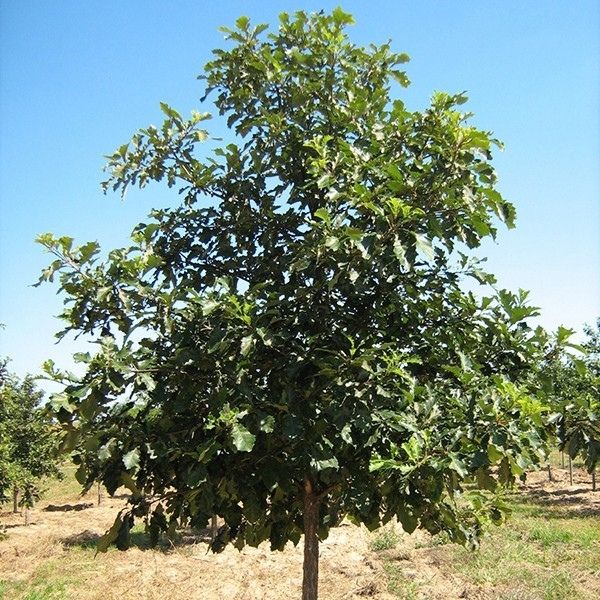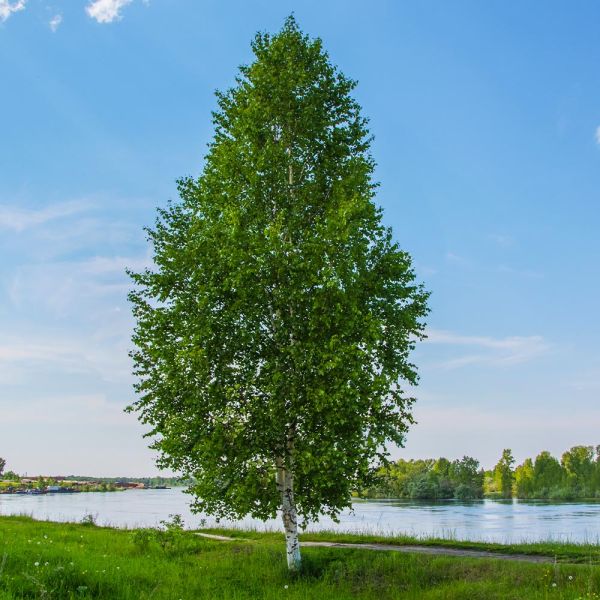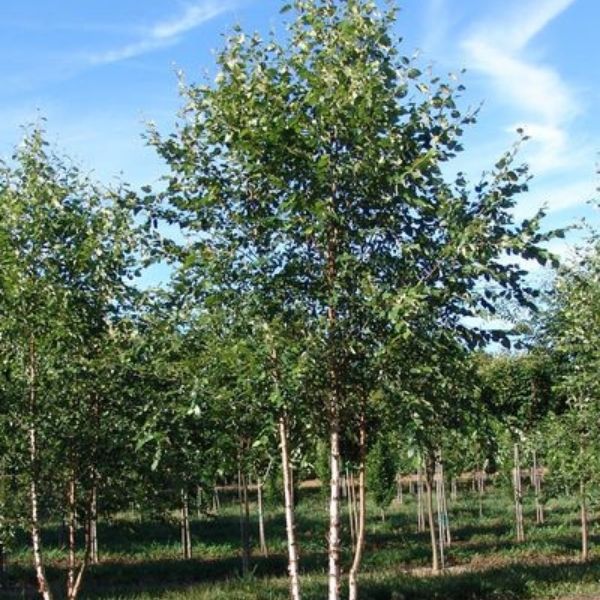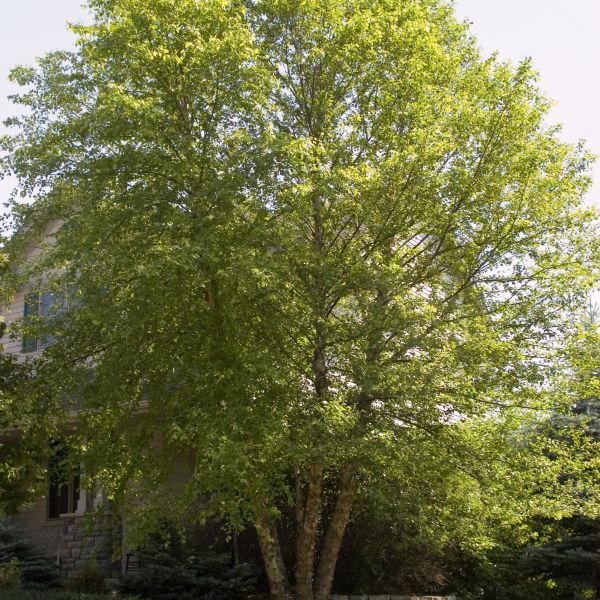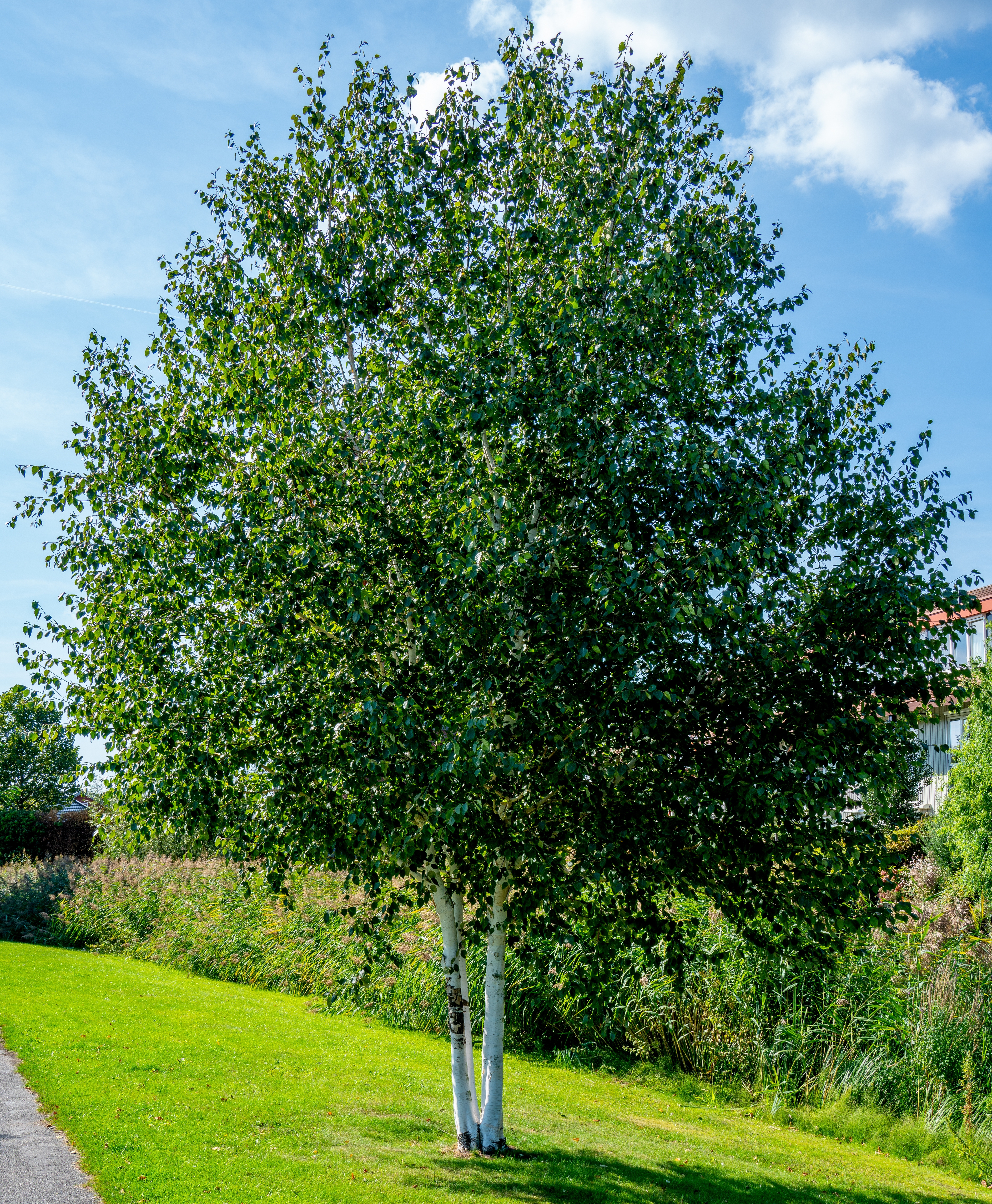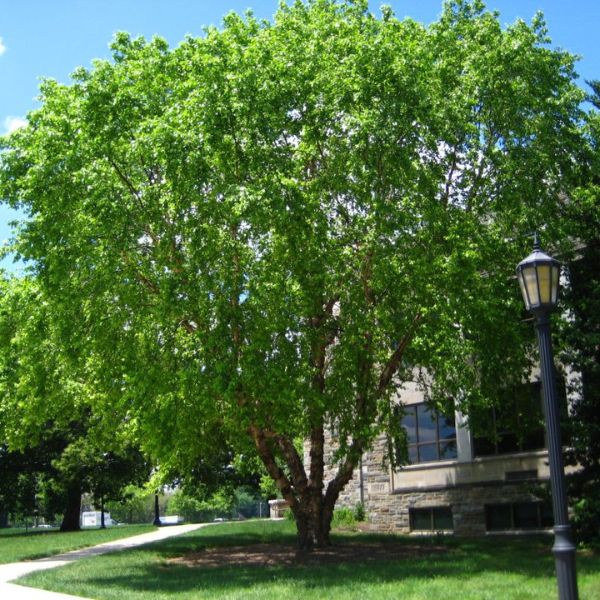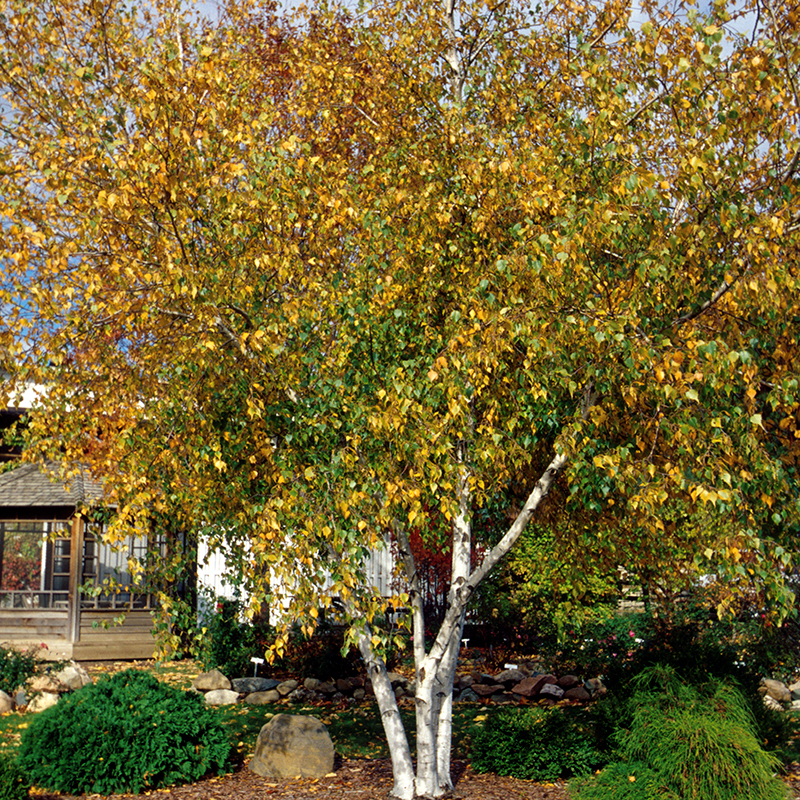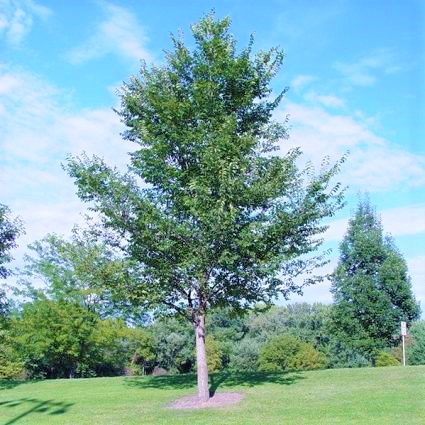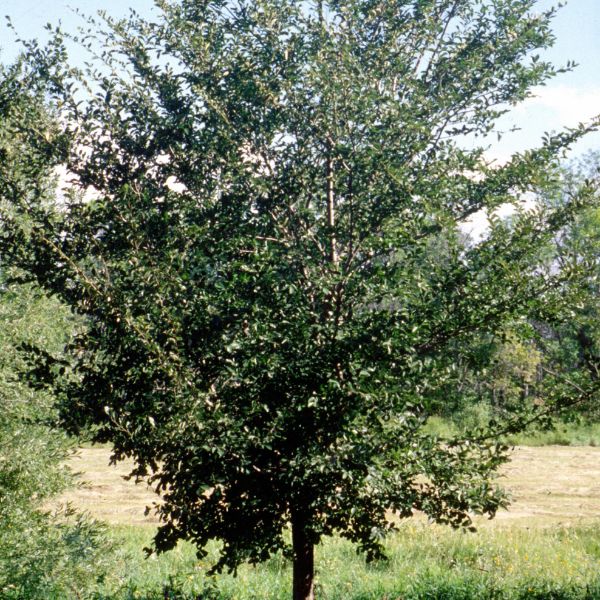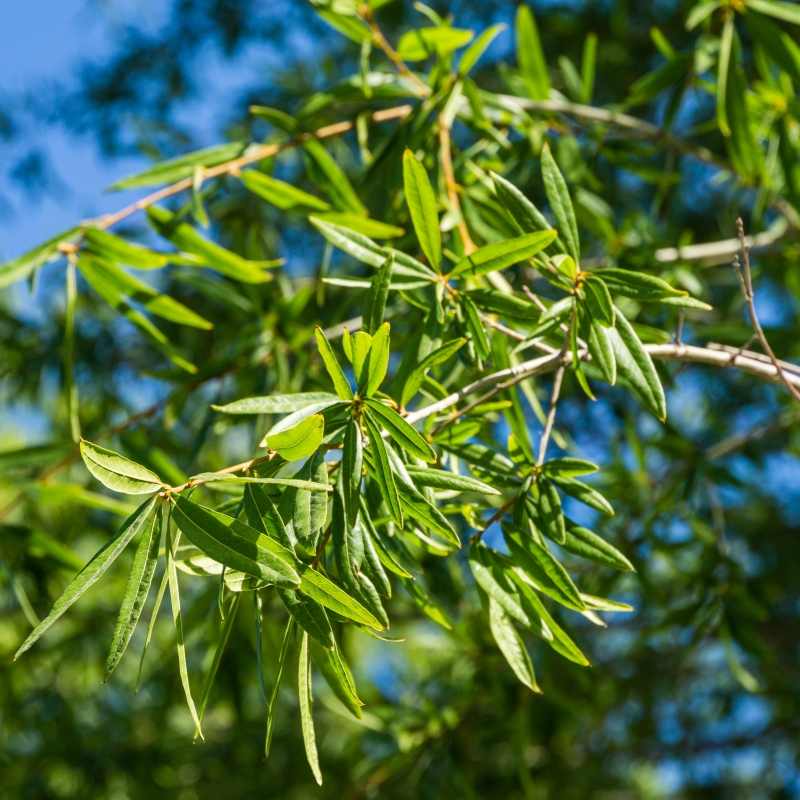
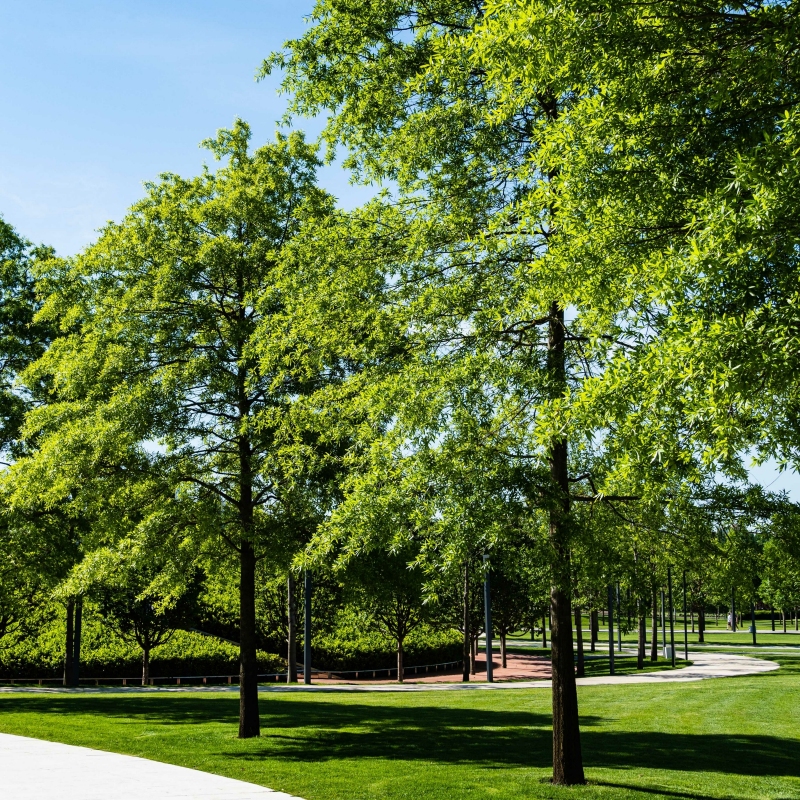
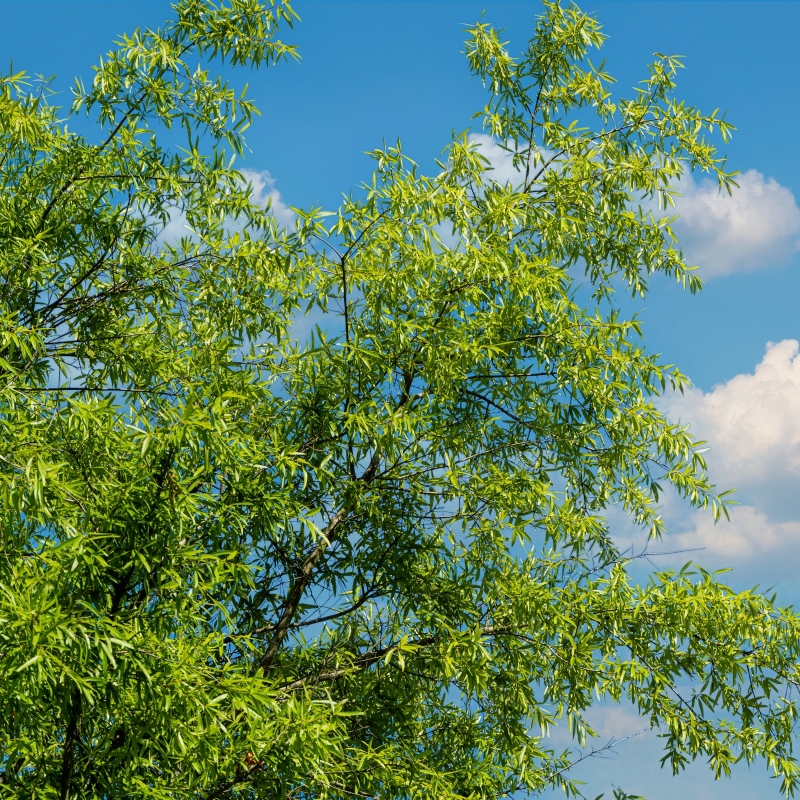

Deciduous Willow Oak Tree
Quercus phellos Willow Oak
10 reviews
Deciduous Willow Oak Tree
Quercus phellos Willow Oak
10 reviews
- Strong and sturdy tree that can withstand high winds and storms
- Beautiful red and orange fall foliage adds vibrant color to your landscape
- Provides ample shade with a spreading canopy, perfect for hot summer days
- Recommended by landscape designers for optimal fit in real yards
$90.00
$129.00
30% Off
- Ships to 43215 in 3 to 7 days
- Free Shipping Over $150
- Plant Arrival Guarantee
- In Stock
- Free Plant Consult
$200 - Landscape-Approved: Every Plant We Sell Comes With Design Expertise Behind It
Trade 3 Gallon
Not just beautiful - intentionally selected by ShrubHub's 3D landscape design team to fit real-world spaces and maximize yard potential.
Why Deciduous Willow Oak Tree?
The Deciduous Willow Oak Tree, also known as Quercus phellos, is a beautiful deciduous tree prized for its graceful and narrow form. It can grow up to 100 feet tall and has slender, willow-like leaves that turn a vibrant red in the fall. It is tolerant of a wide range of soil types and is commonly planted as a shade tree in parks and residential landscapes.
People who loved this plant also bought
Sunlight
The Deciduous Willow Oak tree thrives in full sunlight and is best suited for growing in open, sunny locations. It requires a minimum of six hours of direct sunlight per day to ensure healthy growth and development. In partial shade, the tree may struggle
Watering
Deciduous Willow Oak trees generally require regular watering, especially during the first few years of growth. They prefer moist, well-drained soil and should be watered deeply but infrequently to encourage deep root growth. During periods of drought, add
Fertilizing
Deciduous Willow Oak Trees prefer acidic, well-drained soil with a pH between 6.0-6.5. They benefit from a slow-release fertilizer applied in early spring to promote healthy growth. Use a balanced fertilizer with a higher nitrogen content to support leafy
Deciduous Willow Oak Tree (Quercus phellos Willow Oak)
The Deciduous Willow Oak Tree, also known as Quercus phellos or Willow Oak, is a medium to large deciduous tree that is native to the eastern United States. It is well-loved for its willow-like leaves that are long and slender, giving the tree a graceful appearance.
The Willow Oak can grow up to 50-70 feet tall with a spread of 30-40 feet, making it an ideal shade tree for parks, streets, and residential landscapes. The tree has a narrow, pyramidal shape in its youth, eventually maturing into a more rounded form.
In the spring, the Willow Oak produces small, inconspicuous flowers that give way to acorns in the fall. These acorns provide food for wildlife such as squirrels and birds. The tree's leaves turn a beautiful red or reddish-brown color in the fall, adding to its ornamental value.
The Willow Oak is a low-maintenance tree that is tolerant of a wide range of soil conditions, including clay and acidic soils. It prefers full sun to partial shade and is moderately drought-tolerant once established.
Overall, the Deciduous Willow Oak Tree is a beautiful and adaptable tree that provides shade, wildlife benefits, and a stunning fall display, making it a great addition to any landscape.
Plant Information:
| Botanical Name: | Quercus phellos Willow Oak |
| USDA Zones: | 5 - 9 |
| Mature Height: | 60 FT |






Pollination Info
Pollination Info for Deciduous Willow Oak Tree (Quercus phellos Willow Oak)
The Deciduous Willow Oak tree, also known as Quercus phellos Willow Oak, is pollinated by wind. The male flowers, called catkins, release pollen into the air which is then carried by the wind to the female flowers on the same or nearby trees.
Willow Oak trees are monoecious, meaning they have both male and female flowers on the same tree. The female flowers are inconspicuous and located at the base of new leaf growth. Once pollinated, the female flowers develop into acorns, which are the seeds of the tree.
It is important for Willow Oak trees to be planted in areas with good air circulation to ensure successful pollination. The wind is crucial in transferring pollen between the male and female flowers, leading to the production of acorns and the continuation of the tree's reproductive cycle.
FAQ
Deciduous Willow Oak Tree FAQ
What is a Deciduous Willow Oak Tree?
A Deciduous Willow Oak Tree (Quercus phellos) is a type of oak tree that is known for its willow-like leaves. It is a fast-growing deciduous tree that can reach heights of up to 80 feet.
Where is the Best Location to Plant a Deciduous Willow Oak Tree?
Deciduous Willow Oak Trees prefer full sun and well-drained soil. They can tolerate a wide range of soil conditions, but they prefer slightly acidic soil. Plant them in an area with plenty of room to allow for their mature size.
How Often Should I Water a Deciduous Willow Oak Tree?
Water newly planted Deciduous Willow Oak Trees regularly to help establish their root system. Once established, they are drought tolerant and typically do not require additional watering, except during periods of prolonged drought.
When is the Best Time to Prune a Deciduous Willow Oak Tree?
Prune Deciduous Willow Oak Trees in late winter or early spring before new growth begins. Remove any dead or damaged branches, and shape the tree as desired. Avoid heavy pruning, as it can stress the tree.
How Often Should I Fertilize a Deciduous Willow Oak Tree?
Deciduous Willow Oak Trees generally do not require regular fertilization. If growth seems slow or leaves appear pale, you can apply a balanced fertilizer in early spring before new growth begins.
Are Deciduous Willow Oak Trees Susceptible to Pests or Diseases?
Deciduous Willow Oak Trees are relatively resistant to pests and diseases. However, they can be susceptible to oak wilt, powdery mildew, and anthracnose. Proper care and maintenance, such as regular watering and pruning, can help prevent these issues.
Planting & Care
Planting & Care for Deciduous Willow Oak Tree (Quercus phellos Willow Oak)
Willow Oak trees are beautiful deciduous trees that can grow up to 100 feet tall and are known for their narrow, willow-like leaves. Here are some tips for planting and caring for your Willow Oak tree:
Planting:
- Choose a planting location that receives full sun to partial shade.
- Willow Oak trees prefer moist, well-drained soil, but can tolerate a variety of soil types.
- Dig a hole that is two to three times the width of the tree's root ball and just as deep.
- Place the tree in the hole and backfill with soil, making sure to tamp down the soil to remove any air pockets.
- Water the tree thoroughly after planting to help it establish its roots.
Care:
- Water your Willow Oak tree regularly, especially during dry periods. These trees prefer moist soil.
- Apply a layer of mulch around the base of the tree to help conserve moisture and suppress weeds.
- Prune your Willow Oak tree in late winter to early spring to remove any dead or damaged branches.
- Fertilize your tree in the spring with a balanced fertilizer to promote healthy growth.
- Keep an eye out for common pests and diseases, such as oak wilt or caterpillars, and treat accordingly.
With proper planting and care, your Willow Oak tree will provide beautiful shade and stunning fall color for years to come.
Check Out These Verified Customer Reviews:
Customer Reviews
4.7 out of 5 based on 10 reviews
Thank you! Your review has been submitted.
Responsive customer service
Great condition
Healthy plant
Item has been added to your cart.



